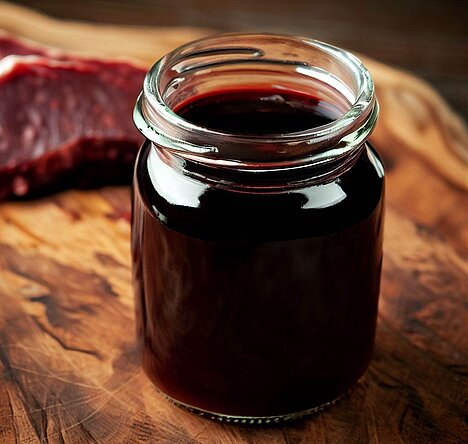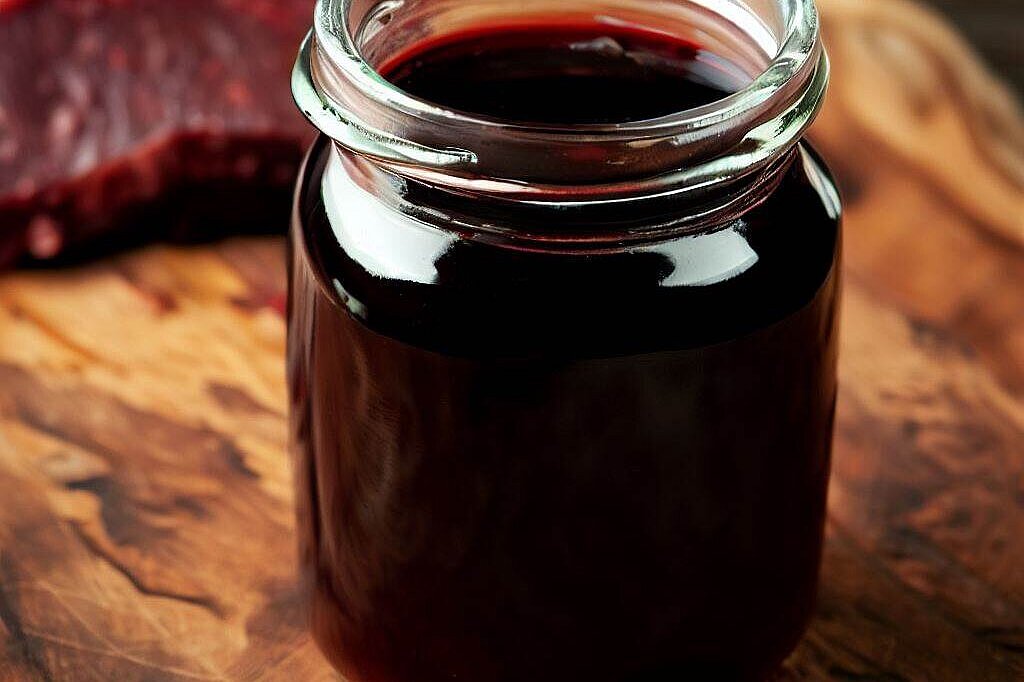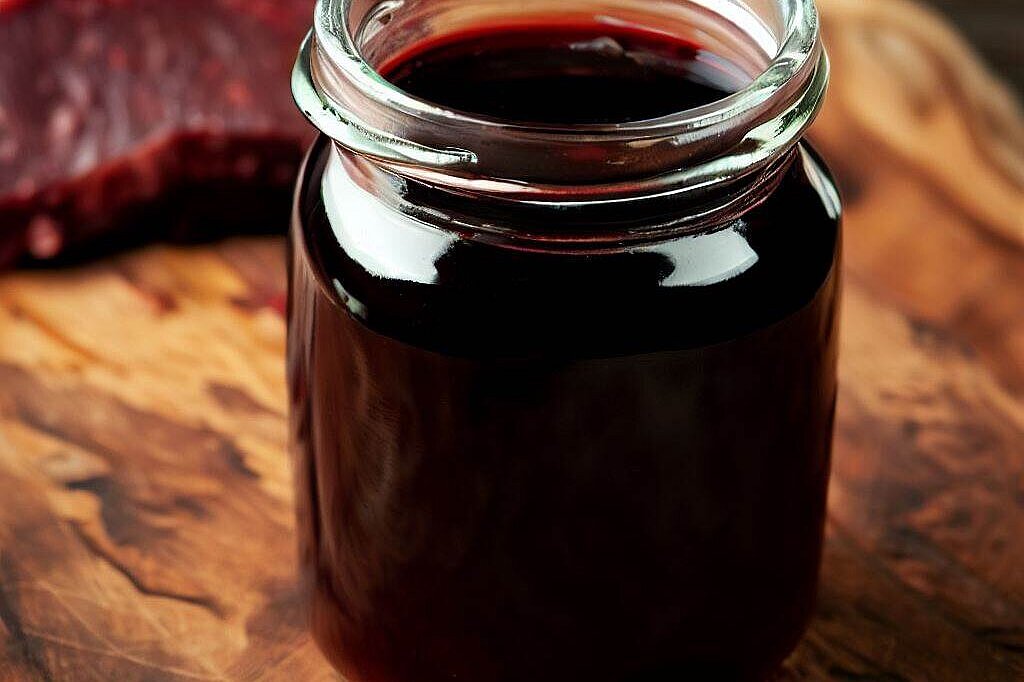Bovine blood

What is bovine blood?
Bovine blood is the blood of cattle that is drained during slaughter. It contains many nutrients such as protein, iron, vitamin B12 and other minerals. Bovine blood is often dried or processed into powder to preserve it and use it as an ingredient in dog food. It can also be offered as a liquid or gelatine in wet food or as a treat.
What are the benefits of bovine blood for dogs?
Beef blood can have several benefits for your dog's health and well-being. For one thing, it can be a good source of protein that strengthens your dog's muscles and immune system. Secondly, it can promote blood formation, as it contains a lot of iron and vitamin B12. These nutrients are important for the formation of red blood cells, which carry oxygen around the body. Beef blood can also improve the taste and acceptance of dog food, as it has an intense meaty flavor.
What are the disadvantages of beef blood for dogs?
However, bovine blood also has some disadvantages that you should be aware of. For one thing, it can trigger allergies or intolerances if your dog is sensitive to beef or blood. Symptoms can include itching, skin rashes, diarrhea or vomiting. On the other hand, beef blood can contain too much iron, which can lead to iron overload. This can lead to organ damage or poisoning, especially in puppies or small dogs. In addition, bovine blood can reduce the quality of dog food if it is used as a cheap filler. It can then displace other important nutrients or reduce the digestibility of the food.
How can you use bovine blood in your dog's diet?
If you want to use bovine blood as an ingredient in your dog's food, there are a few things you should bear in mind. Firstly, you should always pay attention to the origin and quality of the bovine blood. It should come from controlled animal husbandry and be free from harmful substances or pathogens. Secondly, you should always pay attention to the quantity and frequency of the bovine blood. It should not make up more than 10 percent of the total feed and should not be fed daily. Thirdly, you should always pay attention to your dog's reaction. If he shows signs of allergies or intolerances or feels unwell, you should omit or reduce the beef blood.
Bovine blood is an ingredient in dog food that has both advantages and disadvantages. It can be a good source of protein and promote blood formation, but it can also cause allergies or iron overload. If you want to use bovine blood in your dog's diet, you should always pay attention to the origin, quality, quantity and reaction of the bovine blood.
Properties 5
Are you looking for other ingredients with a specific property?
Just click on them to find more.
If you notice any signs of hypersensitivity or poisoning in your dog, you should see your vet immediately. We are not a substitute for a vet, but we try to be as accurate as possible. Every dog reacts differently and we recommend you get a second opinion or consult your vet if in doubt.
Stay healthy and take good care of your four-legged friend!😊
Similar to Bovine blood
Poultry blood is a by-product of poultry slaughter that is normally disposed of. However, it contains many valuable nutrients that are important for dogs. These include: The red blood pigment...
Calf's blood is the blood of young cattle that are less than one year old. It is collected at slaughter and then filtered to remove blood cells and clotting factors. The result is a clear, yellowish...
Lamb's blood is the blood of slaughtered lambs, i.e. young sheep. It is usually sold frozen in bags or cans and can be used as a supplement to barf feed. Lamb blood has a very high iron content and...
Pig blood is the blood of pigs that is drained during slaughter. It contains various components such as red blood cells, white blood cells, platelets and plasma. Pig blood is rich in proteins,...

